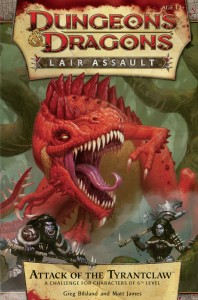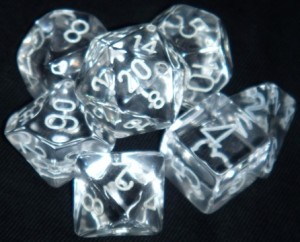At the epic level the PCs are capable of acts that can change the path of history forever. The aim of this article is to help you embrace the capacity of the party and set a stage appropriately large for their abilities. This article is about spectacles that are just as big as PCs who can come back from the dead every day.
Enter: The Renascence Man, Woman or Child
In order to challenge the PC you need to respect their capability. By level 21 the party has a bag of tricks so deep that attempting to anticipate them is a fool’s errand. There are things that the PCs had to tackle at low levels that are, by now, tasks that are beneath them. The PCs at this point should not have to make Diplomacy checks to convince people that their task is important. Epic level characters shouldn’t have to make knowledge checks to recall simple details, their experience and access to information is so vast that such checks are just a waste of time and any attempt to withhold such information won’t add difficulty or strife, but will just annoy. The only time an epic level PC should be forced to make such checks is to demonstrate how far above such tasks they are.

